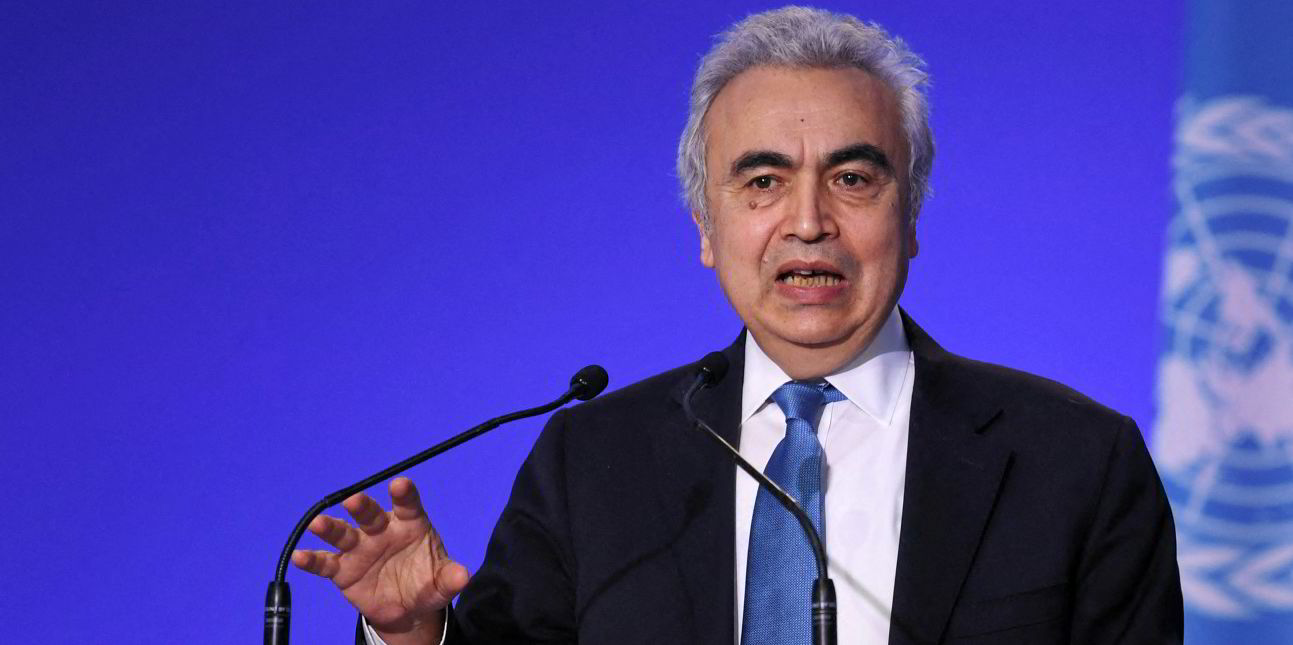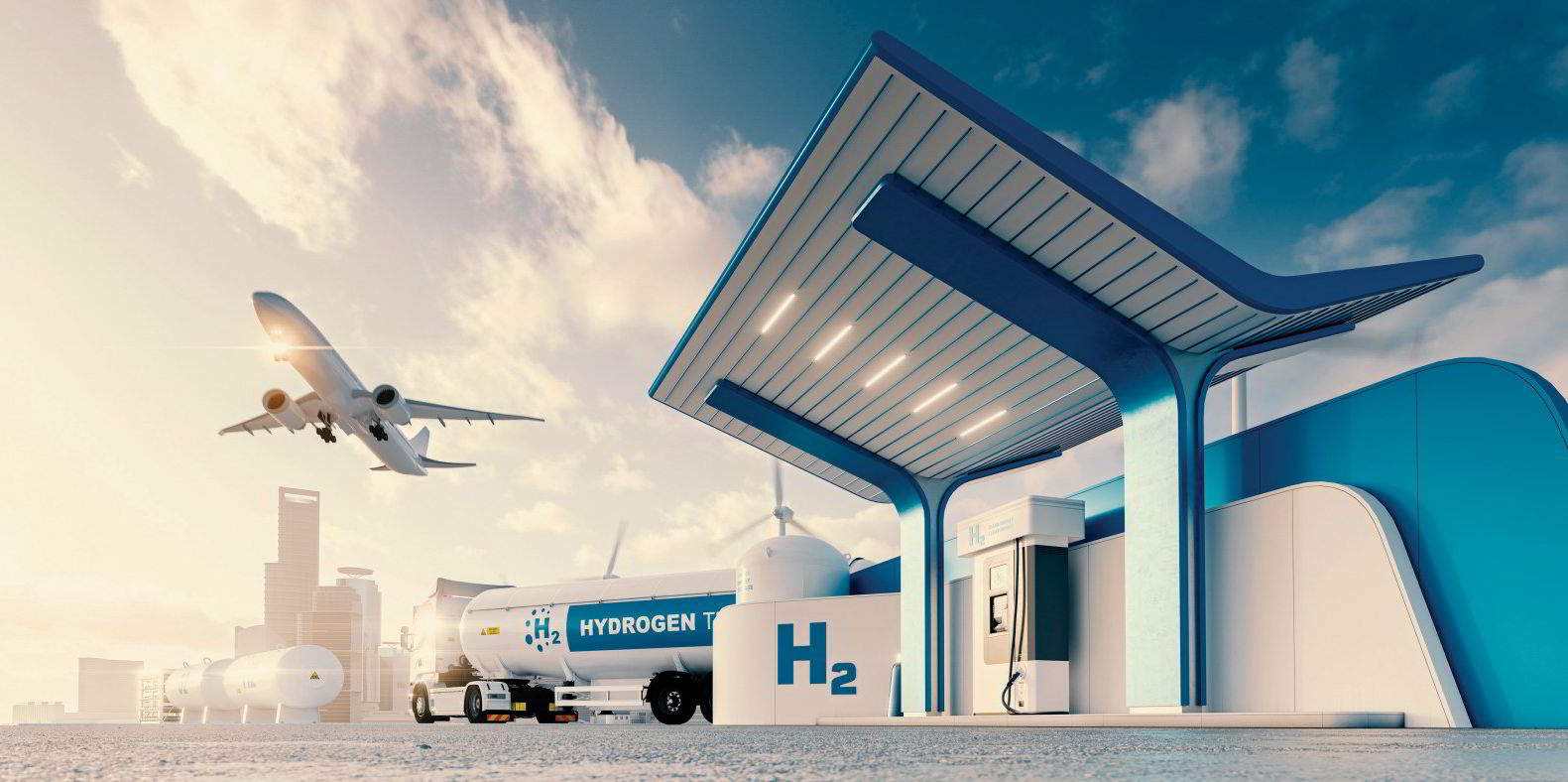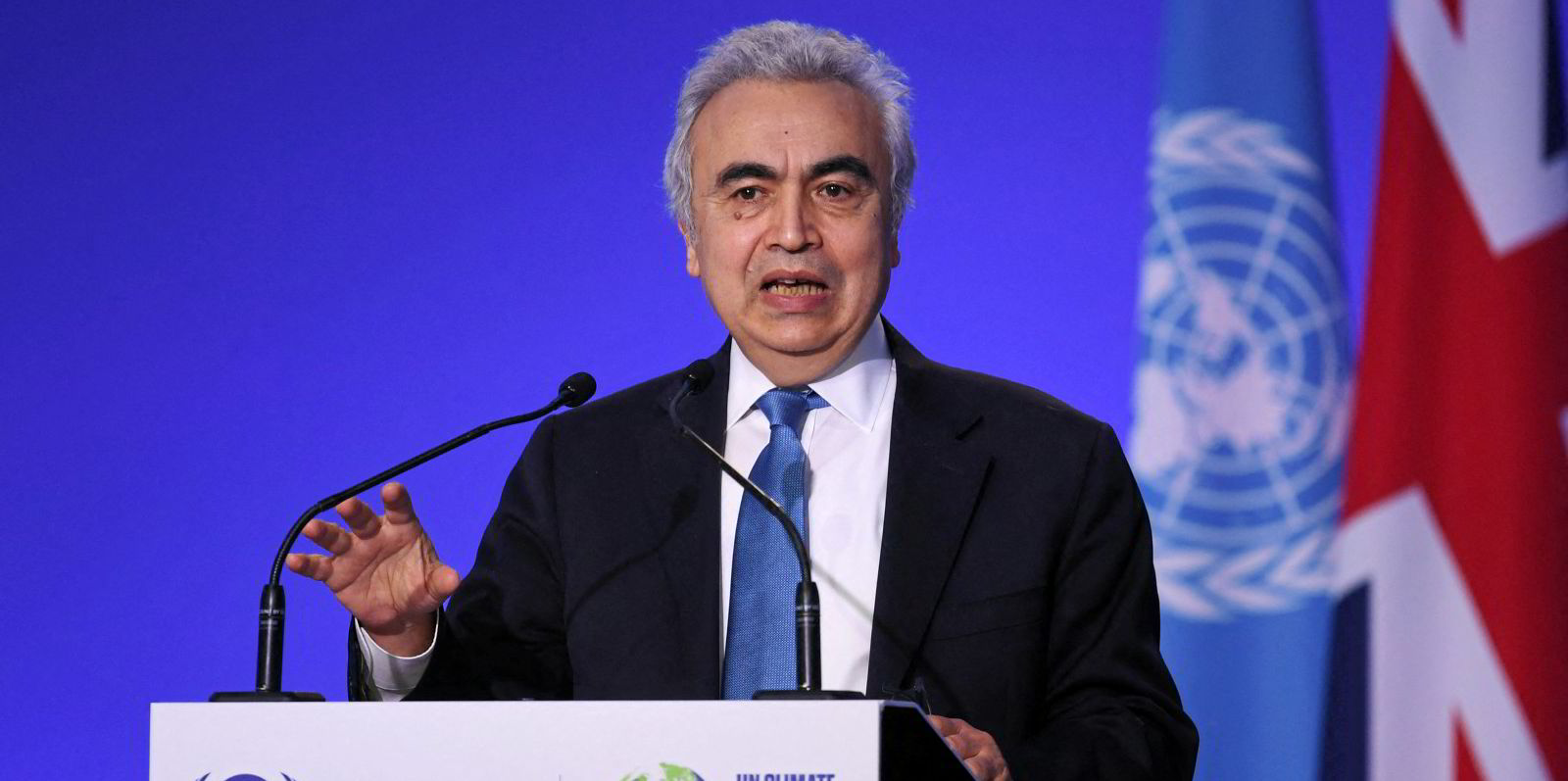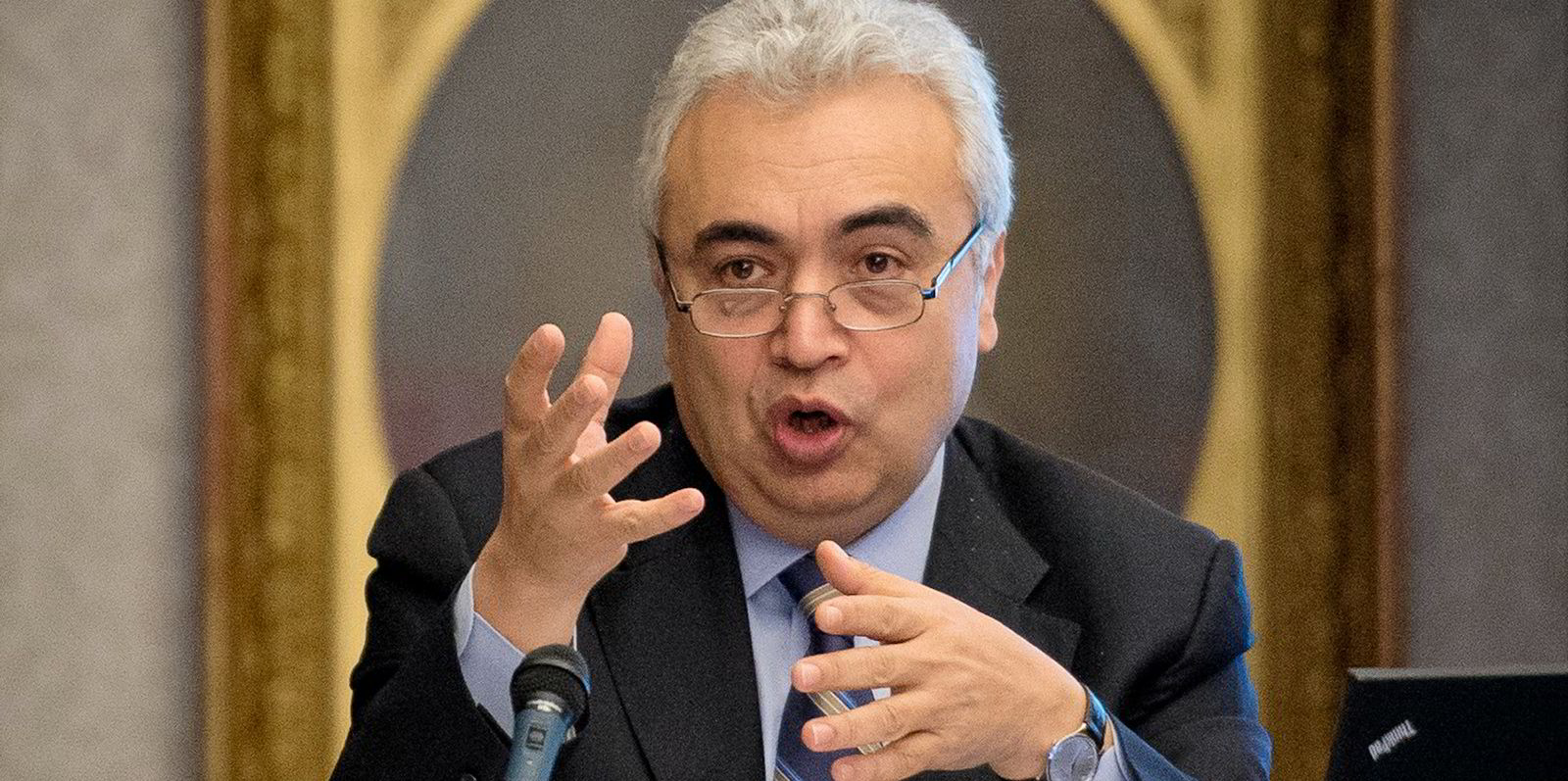If all the green hydrogen projects announced to date were built according to developers’ plans, the world would have 134GW of electrolysers in place by 2030, according to a new report by the International Energy Agency (IEA).

But this is six times less than the 850GW of installed capacity required by the end of this decade if the world is to stay on track to reach net-zero emissions by 2050, it adds.
The capacity of announced green hydrogen projects has more than doubled over the past 12 months — up from 54GW last year — which the IEA describes as growth “at an impressive speed”.
And if “very early stage” projects are included (ie, those that have not progressed beyond a co-operation agreement between potential partners), the 2030 figure would reach 240GW, explains the 284-page Global Hydrogen Review 2022.
The 134GW figure would produce 9-14 million tonnes of green hydrogen per year in 2030, it adds — still less than a fifth of the 94 million tonnes of mainly grey H2 produced annually today (including more than 20 million tonnes mixed with carbon-containing gases in methanol production and steel manufacturing).
The report adds that 7-10 million tonnes of blue hydrogen would be available by 2030, if all projects in the pipeline were realized — although it also points out that such facilities would not be cost-competitive with green H2 in Europe until the cost of natural gas falls considerably from today’s sky-high prices.
The impact of subsidy schemes
Currently, only 9.5GW of electrolyser capacity has reached a final investment decision (FID), and the study hints that many announced clean hydrogen projects will not progress according to plan.
“There are many uncertainties of course, even for planned near-term projects,” it explains. “Some projects originally planned to become operational in 2022 and 2023 have been delayed due to problems of securing financing.”
But it suggests that these problems will fade away once announced subsidy schemes are put into practice.
“Many projects under development are first movers that face a combination of risks, including uncertain demand and uncertain regulatory frameworks, and lack of infrastructure and operational experience.
“Governments worldwide are initiating policies such as grants, loans, tax incentives or contracts for difference to reduce the risks of early projects and to leverage private investment. Such measures help developers to access better financing conditions to improve the feasibility of capital-intensive hydrogen projects.
“Policies to mitigate investment risk can boost production capacity, infrastructure development and equipment manufacturing capacity, to pave the way for future projects until hydrogen supply chains can transition from relying on public to private capital.”
The study gives several examples of government subsidy schemes, such as the Inflation Reduction Act and Bipartisan Infrastructure Law in the US — which, respectively, provide up to $3/kg in subsidies for green hydrogen and allocate $8bn for clean hydrogen hubs — as well as Germany’s H2Global initiative and its Contracts for Difference tenders, and the UK’s £100m electrolytic allocation round to support at least 250MW of electrolysis capacity.
Russia’s invasion of Ukraine — and the subsequent increase in natural-gas prices means that methane-derived hydrogen is now far more expensive to produce, which “may accelerate the use of renewable hydrogen in [oil] refining.”
Question marks
The IEA’s claim that 850GW of electrolysers will be needed by 2030 to keep the world on track for net-zero emissions by mid-century has been criticized for being overly bullish on the future hydrogen demand.
For instance, the IEA’s Net Zero Emissions scenario, published in May last year, says that there will be more than ten million hydrogen-powered cars on the world’s roads by 2030 — up from 50,000 in June — despite higher purchase prices and running costs compared to battery electric vehicles, and a lack of both fuelling infrastructure and green hydrogen.
The IEA also does not have much to say about how much new renewable energy would be required to produce all this green hydrogen. According to Recharge calculations, producing 14 million tonnes of green hydrogen annually by 2030 would require 186GW of offshore wind, or 444GW of solar power (using capacity factors of 43% and 18%, respectively). By the end of last year, the world had installed 55.7GW of offshore wind and 843GW of solar.




